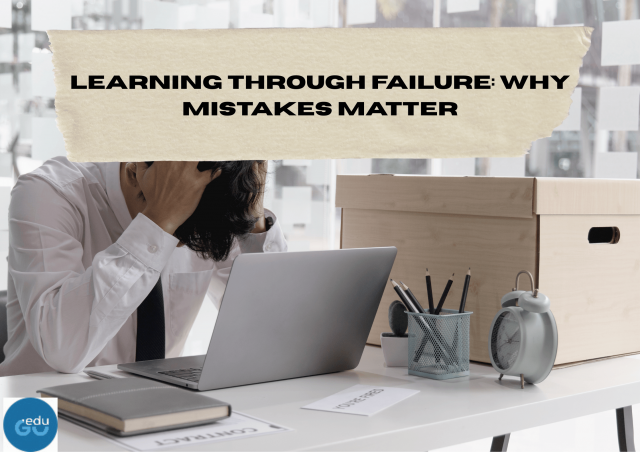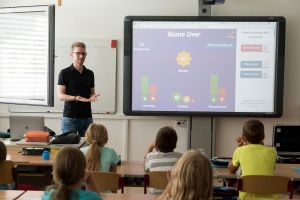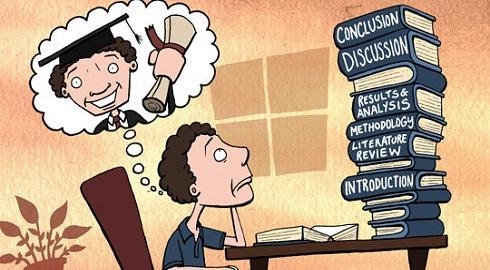In the structured yet encouraging environment of Boarding Schools in India, students are being taught one of the most valuable life lessons—how to learn from failure. Unlike traditional education models that often prioritize perfection and performance, today's progressive academic institutions are embracing the idea that failure isn't a setback but a stepping stone. This shift is helping students build resilience, sharpen problem-solving skills, and develop a growth mindset that will benefit them far beyond the classroom.
Failure is an essential part of the learning process. It's not a reflection of a student's ability or potential but rather a moment to pause, reflect, and adjust. When students encounter failure in a safe and supportive space, they become more self-aware, persistent, and intellectually curious. The act of failing—when paired with proper guidance—can deepen understanding, reinforce memory, and improve long-term retention. In fact, neuroscientific studies suggest that the brain is more active when correcting mistakes than when recalling correct answers. This means students are more likely to remember lessons that were learned through trial and error than those simply memorized.
The psychology behind learning from mistakes reveals that challenges spark cognitive growth. When students make errors, they activate problem-solving centers in the brain, pushing them to reevaluate their approach. This process strengthens their ability to reason, adapt, and persist in the face of difficulty. Additionally, failure nurtures emotional maturity. It teaches young learners how to cope with disappointment, regulate emotions, and build self-confidence—not by avoiding mistakes, but by moving through them.
Creating a classroom culture that supports learning through failure is key. Students must feel safe enough to take risks, make errors, and try again without fear of judgment or punishment. Teachers play a pivotal role in shaping this environment. By modeling vulnerability, celebrating effort, and encouraging reflective practice, educators can shift student perspectives around failure. Simple changes, like praising attempts instead of only outcomes or discussing famous failures in history and science, can normalize the experience of getting things wrong. In schools, where teachers spend more time with students beyond classroom hours, this culture can be reinforced through daily interactions, mentorship, and even informal conversations.
An often-overlooked benefit of failure is how naturally it promotes critical thinking. When students are asked to analyze why something didn't work and how to improve it, they engage in deep cognitive processing. Instead of giving up, they begin to evaluate previous choices, challenge assumptions, and synthesize new strategies. This reflection strengthens independent thinking, judgment, and problem-solving—all core aspects of critical thinking. In many classrooms, activities like error analysis, revision cycles, and feedback sessions are being introduced to harness this potential. In doing so, students aren't just learning academic content—they're learning how to think about their thinking, also known as metacognition.
There are many ways that schools can make space for productive failure. In math classes, for example, teachers can encourage students to try multiple problem-solving methods and treat wrong answers as discussion points. In science labs, unexpected outcomes become opportunities for students to question their hypotheses and understand real-world unpredictability. Writing workshops can incorporate multiple drafts, allowing students to improve through feedback rather than striving for perfection on the first try. Entrepreneurship projects are also a powerful tool, letting students build mock businesses and experience market failures in a safe space before drawing valuable insights from their setbacks. Many boarding schools have already adopted these hands-on learning strategies as part of a broader move toward holistic education.
Despite its benefits, failure still carries a stigma in many academic settings. Students often fear letting down their parents, losing grades, or being judged by peers. This anxiety can create a fear of trying anything new or difficult—ultimately limiting their growth. To overcome this, both educators and families must reinforce the idea that learning is a journey, not a performance. Emphasizing the value of effort, framing mistakes as natural, and openly discussing failure as a necessary part of success can reduce the emotional weight it carries. When failure is viewed as a learning experience rather than a verdict, students become more willing to take academic risks, ask questions, and persist through challenges.
One of the greatest strengths of schools is their ability to foster strong mentorship and peer relationships. In such communities, students support each other through challenges, share experiences, and learn together from failure. This collective mindset turns mistakes into moments of connection, rather than isolation. Teachers, housemasters, and counselors work together to ensure that students not only recover from failures but also reflect and grow from them.
In conclusion, failure should not be feared—it should be embraced. It's one of the most powerful tools we have for real, lasting learning. Through failure, students build emotional resilience, enhance their critical thinking skills, and develop a more realistic and mature view of growth. Especially in environments where learning extends beyond academics, this mindset is crucial. Mistakes teach students to adapt, stay curious, and keep moving forward, preparing them for success not only in exams but in life itself.






